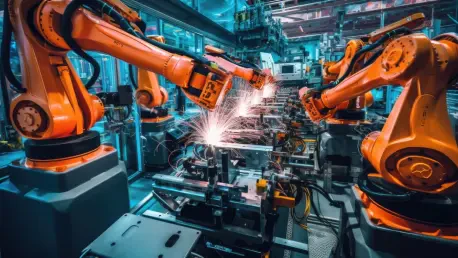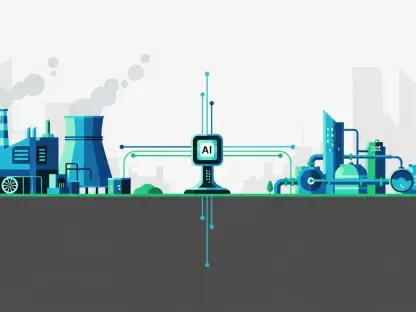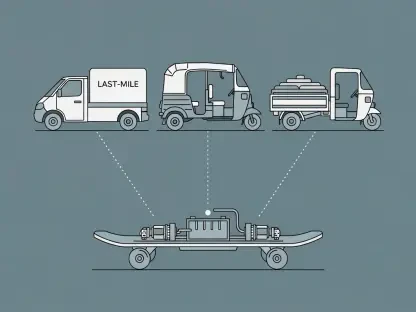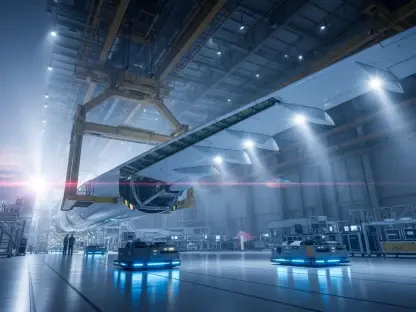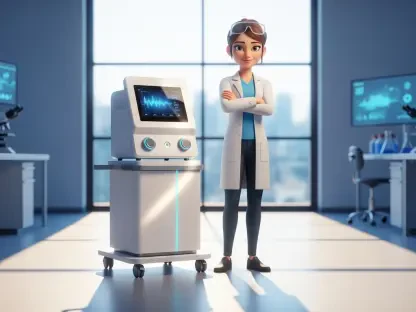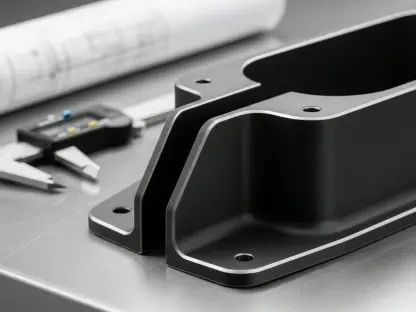Unveiling groundbreaking innovations, Schneider Electric is at the forefront of advancing U.S. manufacturing, emphasizing a blend of AI, robotics, and cutting-edge automation. With the emergence of new technologies, Schneider Electric aims to heighten the competitiveness and resilience of American industries. Bringing these innovations into the spotlight at Automate 2025, the company is lighting the path for future industrial transformations. Central to its efforts is the seamless integration of AI, advanced robotics, and software-defined automation, which collectively propel industrial progress. Collaborations with major tech firms signify a shift towards smarter, more efficient manufacturing practices that leverage real-time data and intelligent systems. Through initiatives like an industrial copilot developed in partnership with Microsoft, the focus is on automating repetitive tasks, which not only boosts productivity but also liberates human resources. This era of technological infusion presents significant opportunities to redefine production paradigms, marking a pivotal moment for the manufacturing landscape in the United States.
Industrial Copilot and Enhanced Collaboration
At the heart of Schneider Electric’s foray into advanced manufacturing is the strategic collaboration with Microsoft. This alliance underscores the introduction of an intelligent industrial copilot designed to streamline operations by automating repetitive and mundane tasks. By embedding AI into manufacturing processes, the copilot enhances productivity and fosters an environment where operators and engineers can collaborate more effectively. This venture leverages the open software-defined automation platform, EcoStruxure Automation Expert, to harness real-time data and drive informed decision-making. The platform’s open architecture allows for an increase in interoperability, enabling different systems to communicate and share data seamlessly. This provides a significant improvement in operational fluidity and teamwork, which is essential in modern manufacturing settings where time and precision are crucial.
Furthermore, the integration of this AI-driven copilot redefines traditional roles within the manufacturing process. Operators are now empowered to focus on more strategic tasks, while AI handles repetitive functions, ensuring efficiency in operations. This significant reallocation optimizes human capital, ensuring that talents are used in areas that require critical thinking and creative input. The real-time data access supports rapid adjustments and fine-tuning, safeguarding both productivity and quality. As industries continue to evolve, this approach signifies a meaningful shift towards smarter, more adaptable manufacturing environments where technology and human resources can coalesce to achieve common goals. This transformative shift is paving the way for a future where manufacturing can operate at peak performance with enhanced flexibility and precision.
Robotics and Technological Adaptation
Schneider Electric’s introduction of the Lexium line of industrial robots, including the versatile Lexium Cobot range, epitomizes the company’s commitment to fostering collaborative work environments. These robots are designed to work alongside human operators, enhancing productivity while ensuring safety. The adaptability of these machines is evidenced by their integration with technologies like the Modicon M660 Industrial PC. By utilizing edge computing and AI-driven analytics, these systems enhance decision-making, particularly in motion control. This technology ensures that manufacturing processes are not just efficient but also adaptable to changing conditions. The capability to swiftly react to market demands is crucial in an industry that constantly faces evolving challenges and competition.
Beyond flexibility, these advancements in robotics introduce a critical layer of precision and reliability. The application of AI and edge computing ensures that computations are done at lightning speed, allowing for real-time adjustments in manufacturing processes. This heightened responsiveness greatly contributes to maintaining quality control as issues can be identified and addressed instantaneously. It also reduces downtime associated with manual recalibrations, thus maintaining a steady flow of productivity. This synergy of robotics and advanced technological platforms epitomizes the future of manufacturing where the seamless blend of human ingenuity and machine efficiency redefine industry standards and outcomes.
Enhancing Visibility and Control
In an age where information is power, Schneider Electric spearheads initiatives to amplify operational visibility through innovative solutions like AVEVA Enterprise Visualization. This platform amalgamates data from several sources into a single, centralized dashboard. This convergence provides a holistic view of operations, allowing for informed decision-making on productivity, quality, and sustainability metrics. By unifying fragmented data streams, the platform facilitates a new level of control and insight into manufacturing processes. Decision-makers can thus act decisively, armed with comprehensive knowledge spanning various facets of the operation. This leads to enhanced precision in tracking performance metrics, anticipating issues, and optimizing processes.
Moreover, AVEVA Enterprise Visualization transcends traditional data monitoring by introducing predictive analytics. This dimension anticipates potential disruptions, thus proactive measures can be taken to mitigate risks. Such foresight augments the efficiency of operations, leading to considerable savings in time and resources. The platform thereby plays an integral role in the pursuit of uninterrupted and optimized manufacturing. By offering insights into process bottlenecks and opportunities for improvement, this tool assists in maintaining a competitive edge in the global market. Schneider Electric’s focus on visibility and control underscores its strategy of merging data-centric approaches with manufacturing to forge resilient and forward-thinking industrial practices.
Streamlining Processes and Future Considerations
Schneider Electric is pioneering the advancement of U.S. manufacturing by integrating AI, robotics, and advanced automation technologies. At Automate 2025, the company showcases innovations that increase the competitiveness and resilience of American industries, setting the stage for future industrial transformations. Central to these efforts is the integration of AI, state-of-the-art robotics, and software-defined automation, which collectively drive industrial progress. Collaborations with leading tech firms mark a transition toward smarter and more efficient manufacturing, utilizing real-time data and intelligent systems. An industrial copilot, developed with Microsoft, aims to automate mundane tasks, boosting productivity and freeing human resources for more complex duties. This technological evolution offers substantial opportunities to reshape manufacturing paradigms, signifying a crucial moment for the U.S. manufacturing landscape. The focus remains on enhancing production processes, ensuring that industries are well-equipped for a future defined by innovation and efficiency.
